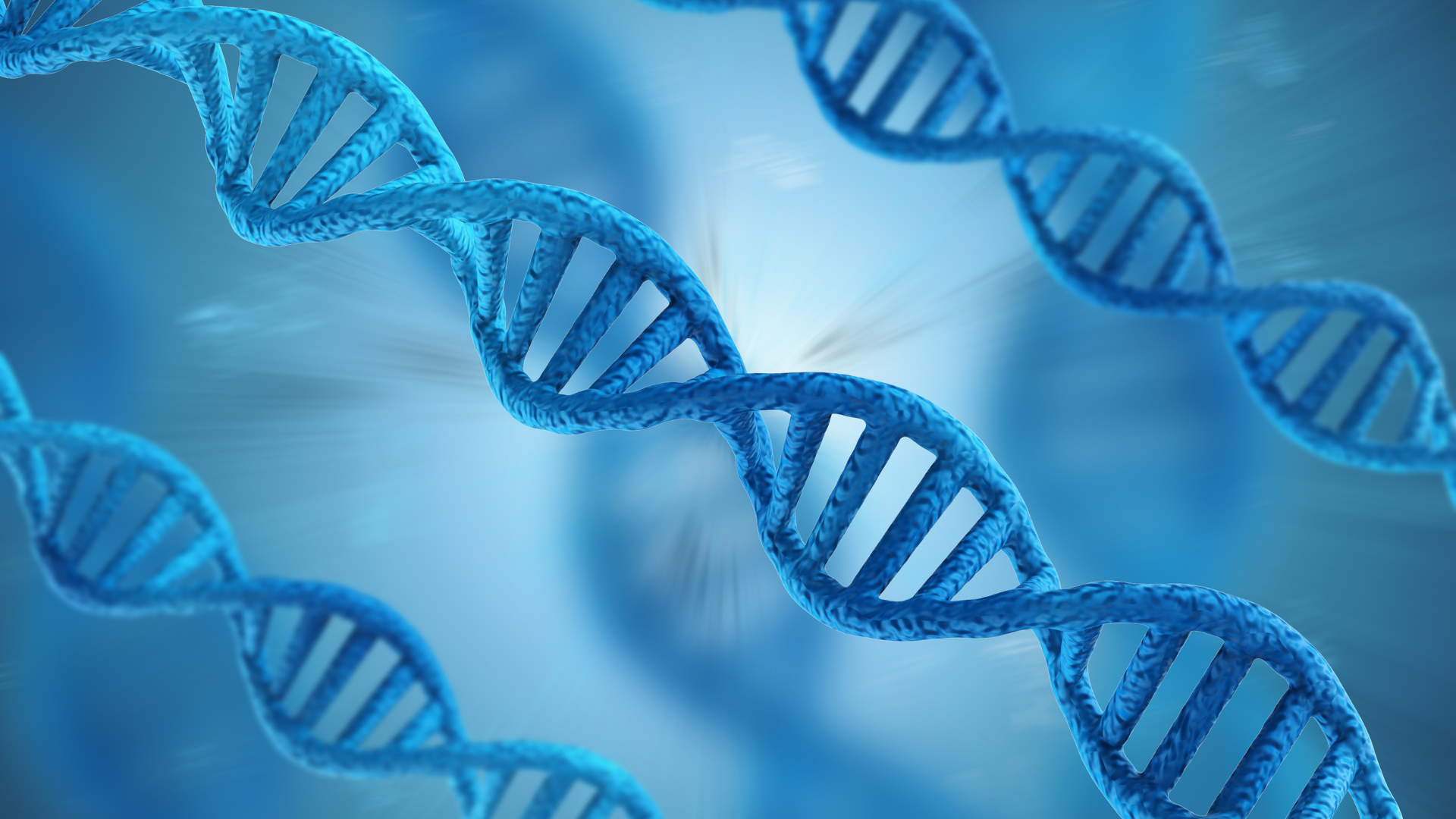Over thousands of years, scientists have slowly and persistently experimented on fruits, veggies, animals, and insects. These studies have led to discoveries that we’re still using today. Even before the tech boom started in the ‘1900s, genetic engineering was already a thing – humans just needed data from studies of fruit flies to give plants the best genes to grow bigger and faster. Fast-forward 100+ years later, we now have machines like the DNA sequencer and Gene Machine that do for our genes what computers do for information.
Well, there is no denying that our world today is one vast computer. Everything we do – from the meals we eat to how many children we create – is done through binary information. Countless pieces of hardware, software, and hardware have helped lead us to this point. So let’s dive into it! In this article, we’ll go through a brief history of genetics.
Importance of Genetics
The field of genetics has had a surprisingly long history. The earliest known evidence of genetic information comes from the discovery of mitochondrial DNA in the late 1800s. This was a significant discovery because it showed that genetics was not just something that happened in the body but could also be studied outside the body.
One of the most significant advancements in recent years is the emergence of genomics, a branch of genetics that focuses on the comprehensive study of an organism’s entire genome. This includes the exploration of genes, their functions, and how they interact. With the advent of advanced technologies, such as Amplicon Sequencing, scientists can now analyze specific DNA fragments with unparalleled precision, unraveling the mysteries encoded in our genes. This powerful tool has revolutionized genetic research, enabling a deeper understanding of hereditary traits, diseases, and the intricate web of genetic information that shapes life itself.
Genetics has continued to develop over the years, and today we have a much better understanding of how genes work and how they can influence our health. Genetics is now used to help diagnose and treat various diseases. Genetic research is also used to develop new crops and drugs.
Origin of Genomics, Genetics, and Gregor Mendel
The modern study of genetics began with the work of Gregor Mendel, a monk who lived in Austria in the early 1800s. Mendel was interested in understanding how traits are passed down from parents to their offspring, and he developed a unique method for doing this called inheritance law. Genomics, genetics, and Gregor Mendel are all terms that originated from the same root – gen.
Mendel’s work was largely forgotten until the late 19th century when scientists started to focus on understanding genetic disorders. In 1911, Dr. Alfred Hershey and Dr. Edward Morgan independently discovered the correct theory behind Mendel’s experiments and used it to identify genes responsible for various diseases.
Over the next few decades, researchers continued to explore the mysteries of genetics and developed methods for sequencing DNA sequences, performing mutation tests, and mapping out gene locations on chromosomes. Genetics is a potent tool for investigating human health and behavior today.
Mendelian Laws and Primer on Genetic Theory
There are four basic principles of genetics: Mendelian, dominant, recessive, and fuzzy. Mendel’s laws deal with the characteristics of inherited traits in plants and animals. Dominant inheritance means that if a gene is dominant, one copy of the gene will determine the character or trait of an offspring, while a recessive trait is only expressed if two copies of the gene are present. Fuzzy inheritance refers to features that are not always passed on precisely from parents to offspring; instead, they may be modified slightly based on the environment in which a gene is expressed. Genetic engineering uses recombinant DNA techniques to alter genes in living cells.
Potential Utility of Genetic Engineering
Genetic engineering involves altering an organism’s DNA using recombinant DNA techniques. This technology was first used in the 1950s to create genetically modified organisms (GMOs). Genetic engineering is used to modify crops, animals, and cells for various purposes. Some common applications of genetic engineering include creating crops resistant to pesticides, producing healthier livestock, and modifying enzymes to produce medicines or biofuels.
Genetic engineering can potentially change how we agriculture, medicine, and consumer goods. It could hasten the development of crops with higher yields and resistance to pests or diseases, create new vaccines and drugs using modified genes, create targeted implants for organs or body parts, or even unlock new possibilities for human reproduction. Though it is still in its infancy, genetic engineering quickly evolves into a versatile technology with enormous potential.
Consequences of Genetic Engineering
The potential consequences of genetic engineering are complex and have yet to be fully understood. Some potential risks include the release of new diseases, the alteration or destruction of natural ecosystems, and the creation of unregulated Franken foods. There is concern over the possible misuse of this technology by evil scientists and corporations.
The topic of genetics is often shrouded in mystery and misconception. In this article, I aimed to clarify some myths and misconceptions about genes and provide you with a basic understanding of how they work. I recommend reading up on genetic testing options and seeking advice from a genetic counselor. If you are interested in learning more, don’t forget to follow us. Thank you for reading!



